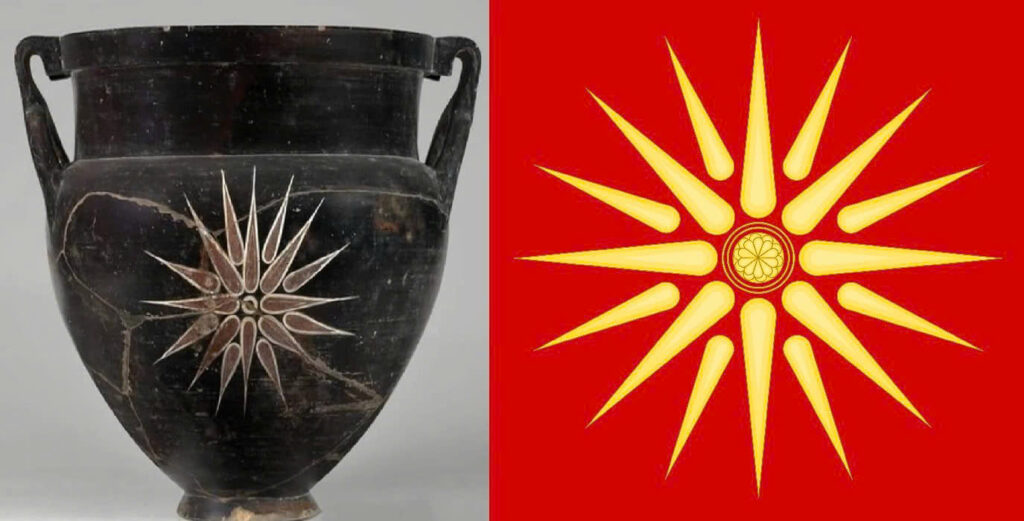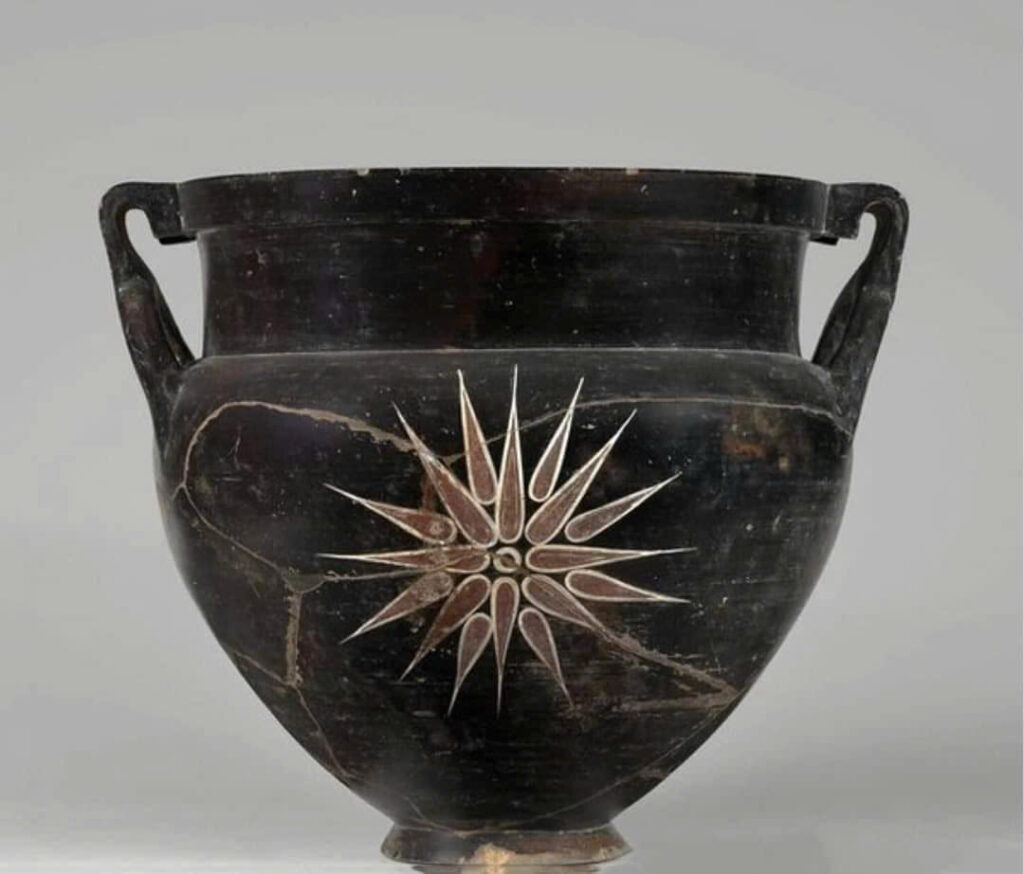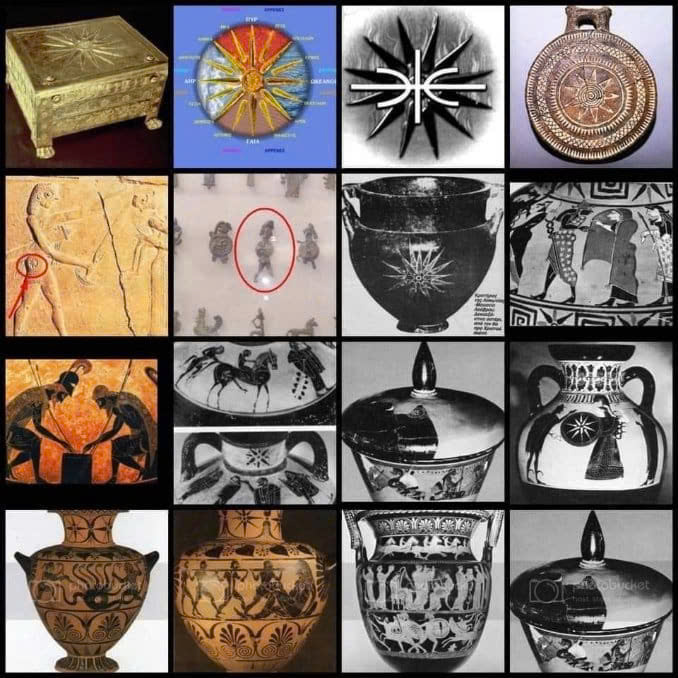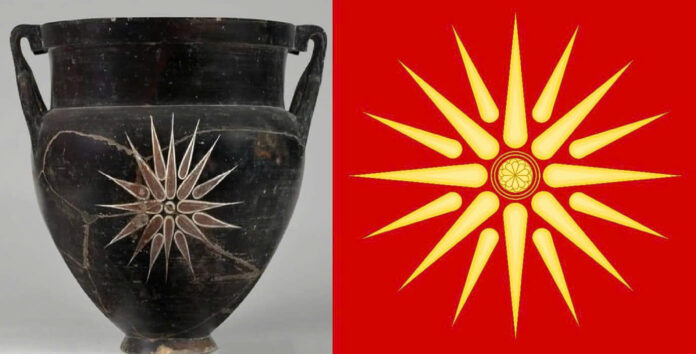A Remarkable Artifact at the Louvre

Within the esteemed halls of the Louvre Museum in Paris lies the Panhellenic Sun, a stunning artifact that embodies the deep cultural significance of ancient Greek symbols. This exquisite 6th-century BC crater, originating from Sparta, features the Vergina Sun—a radiant emblem adorned with 16 rays. Notably, this artifact predates the rise of Macedonia in the Greek world, highlighting its broader Panhellenic importance.
The Significance of the Vergina Sun
While often linked to the ancient Macedonian dynasty, the Vergina Sun represents more than mere decoration on this Spartan pottery. Its prominent display on the crater suggests that this symbol was cherished long before it became synonymous with Macedonia. This connection indicates that the Vergina Sun may have held a shared cultural value among various Greek city-states, particularly among the Dorian tribes of Sparta and their northern counterparts in Macedonia.

A Deeper Cultural Connection
Sparta, known for its military strength and disciplined lifestyle, shared numerous cultural traits with other Dorian regions. The presence of the Vergina Sun on this artifact hints at a deeper bond between these areas, suggesting that the symbol represented not just local or Macedonian identity but a broader sense of Panhellenic unity. The crater provides a rare insight into the interconnectedness of the ancient Greek world, where symbols and ideas traversed city-states, fostering a collective Hellenic identity.
The Panhellenic Sun: A Modern Symbol
Today, the Panhellenic Sun is recognized internationally as a Hellenic symbol and is protected under the World Intellectual Property Organization (WIPO). This recognition underscores its ongoing significance as both an ancient cultural artifact and a representation of Greek heritage. The sun, with its 16 rays, has evolved into a universal emblem of unity, pride, and connection to the ancient Greek world.

Housed in the Louvre, this Spartan crater serves as a poignant reminder of the cultural richness and symbolic depth of ancient Greece. It not only celebrates the artistic achievements of its time but also reflects the shared symbols that have long helped define Hellenic identity. The Panhellenic Sun continues to shine brightly, representing the enduring legacy and glory of the Greek world.

